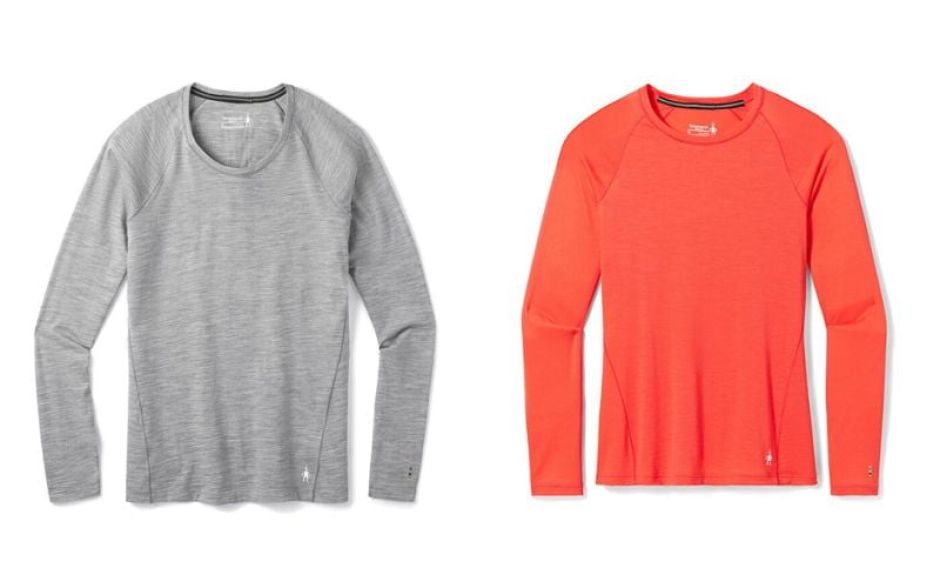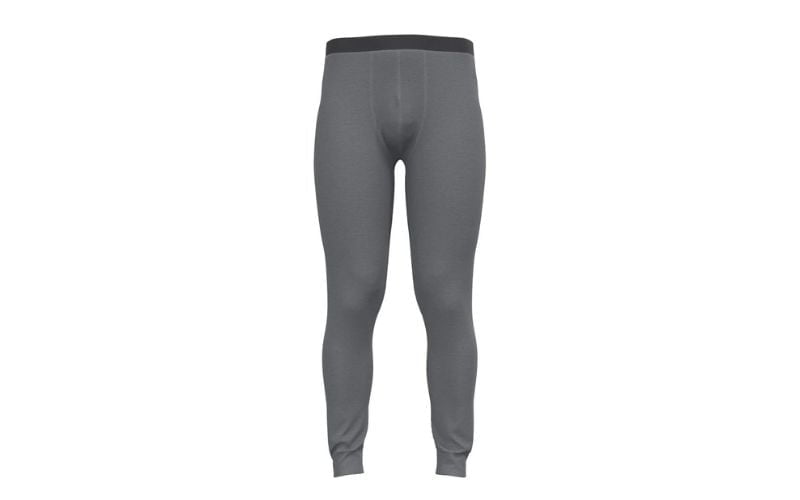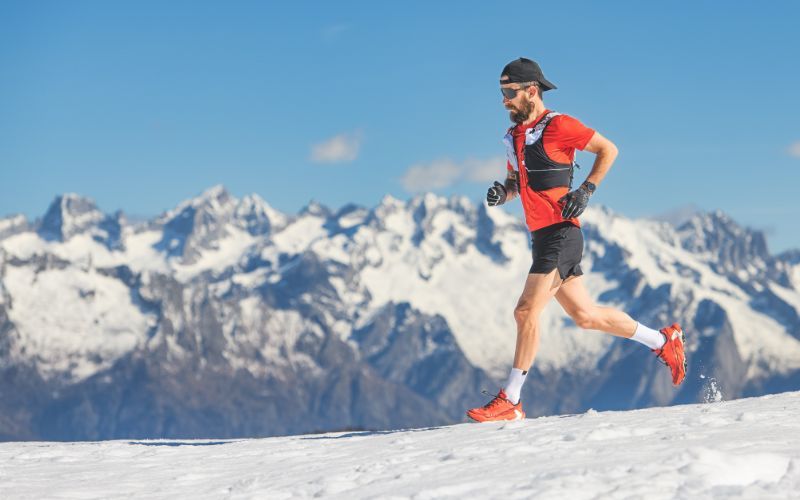
The Underrated Importance of Base Layers in Outdoor Apparel Super Guide 2023
In the multifaceted world of outdoor gear, base layers often don’t receive the spotlight they rightfully deserve. These crucial components of a trekker’s wardrobe serve as the foundation upon which the entire outdoor outfit is constructed. While jackets, boots, and gear often steal the limelight, it’s the discreet base layers that work diligently behind the scenes, ensuring optimal comfort and functionality. This in-depth analysis unveils the world of base layers, shedding light on their significance, diversity, and the technology behind them.

Table of Contents
Understanding the Science of Base Layers
At first glance, base layers might appear as mere pieces of fabric worn close to the skin. However, beneath this simplicity lies a sophisticated science that, when understood, can profoundly enhance an individual’s outdoor experience. Let’s delve deeper.
The primary function of base-layers revolves around thermoregulation – the body’s ability to maintain its core internal temperature despite external conditions. When engaging in activities such as hiking or trekking, the body tends to produce heat. This heat leads to perspiration, a natural cooling mechanism. However, in certain outdoor environments, this moisture can become a problem, leading to potential hypothermia in colder conditions or excessive heat retention in warmer climates.

Base-layers act as the frontline defense against these challenges. They are meticulously engineered to wick moisture away from the skin, transferring it to the outer surface of the fabric, where it evaporates. This process ensures that the skin remains dry, effectively aiding in the prevention of rapid heat loss in colder environments. Furthermore, in warmer conditions, the evaporation process helps dissipate excess heat, allowing for effective cooling.
The science behind base also extends to their construction. These layers are crafted with unique fabric blends and weaves, each designed to optimize airflow and moisture management. For instance, certain base layers employ a combination of hydrophilic (water-attracting) and hydrophobic (water-repelling) yarns. This arrangement creates a micro-environment wherein moisture is rapidly pulled away from the skin and pushed to the outer layers for swift evaporation.
Furthermore, the technology infused into base layers often incorporates antimicrobial treatments. As moisture is a breeding ground for bacteria, these treatments ensure that despite sweating, the growth of odor-causing bacteria is inhibited.
In essence, the science of base layers is a harmonious blend of biology, material science, and engineering, all converging to ensure optimal comfort, safety, and performance in outdoor settings.
Materials Matter: The Fabric Breakdown
In the realm of base layers, the choice of fabric is not merely a matter of comfort; it’s a pivotal decision impacting performance, durability, and the overall outdoor experience. The fabric is, in essence, the cornerstone of a base layer’s efficacy. Let’s embark on a deep dive into the intricacies of fabric selection and its profound implications.

Natural Fibers
Merino Wool: Arguably the most renowned among natural fibers for base layers, Merino wool stands out for its exceptional thermoregulation properties. Originating from the Merino sheep, primarily found in Australia and New Zealand, this wool can absorb up to 30% of its weight in moisture without feeling wet. This quality ensures that even when perspiring, a trekker remains relatively dry. Additionally, its natural crimp helps in trapping air, providing excellent insulation. Beyond its performance metrics, Merino wool boasts antimicrobial properties, reducing odor build-up.
Silk: Revered for its luxurious feel, silk is not just a fabric of opulence but also has practical applications in base layers. It’s lightweight and offers a smooth touch against the skin, minimizing friction and potential irritation during strenuous activities. However, its moisture-wicking capabilities are less aggressive than other materials, making it more suitable for moderate climates and activities.
Synthetic Fibers
Polyester: A stalwart in the base layer domain, polyester is favored for its rapid moisture-wicking abilities. Engineered to draw sweat away from the skin and facilitate its evaporation on the surface, polyester ensures a dry experience, crucial in both cold and warm environments. Moreover, its resilience against wear and tear, combined with its relatively low cost, has cemented its position as a go-to material for many outdoor enthusiasts.
Nylon: Renowned for its impressive durability, nylon is often blended with other fabrics to impart longevity to base layers. While its moisture-wicking capabilities are commendable, its true strength lies in resisting abrasions and tears, especially vital in rugged terrains.
Polypropylene: A unique entrant, polypropylene is hydrophobic at its core. It repels water, making it a potent ally in moisture management. When utilized in base layers, it accelerates the moisture transport from the skin to the fabric’s surface, where it evaporates. Additionally, its lightweight nature ensures minimal encumbrance.
Blends
In the quest for optimizing performance, fabric blends have emerged as a potent solution. By marrying the strengths of different materials, manufacturers can create base layers that harness the benefits of each. For instance, a blend of Merino wool and polyester can offer the natural warmth and odor resistance of wool with the enhanced moisture-wicking properties of polyester.
In conclusion, the fabric composition of a base layer is a testament to the symbiotic relationship between nature and human ingenuity. As technological advancements continue to shape the fabric landscape, the paramountcy of material choice in determining a base layer’s efficacy remains unwavering.
The Art of Layering: Why Thickness is Key
Base-layers come in varying thicknesses, each designed for specific conditions:
- Lightweight: Ideal for moderate to cool conditions or for high-intensity activities.
- Midweight: Strikes a balance, offering more insulation. Perfect for a wide range of outdoor settings.
- Heavyweight: Best suited for extremely cold conditions where insulation is paramount.
Fit and Functionality: The Anatomy of an Ideal Base Layer
A base-layer’s effectiveness isn’t just determined by its material or thickness. The fit plays an essential role. Features to consider include:
- Flatlock Seams: These prevent chafing, enhancing comfort during prolonged wear.
- Extended Hem: This ensures the base layer remains tucked in, providing consistent protection.
- Gusseted Underarms and Stretch Fabric: These features enhance mobility, allowing for a full range of motion.
Challenges and Innovations: The Evolving World of Base Layers
As with any apparel segment, the world of base layers faces challenges, ranging from sustainability concerns to the quest for the perfect fit. However, with challenges come innovations. The rise of environmentally friendly materials and advancements in fabric technology are pushing the boundaries of what base layers can achieve.
The Sustainability Paradigm
In an age where environmental consciousness governs consumer choices, the outdoor apparel industry is making strides in sustainable production. Brands are exploring eco-friendly materials, ethical sourcing, and sustainable manufacturing practices to minimize their ecological footprint.
Investing in Base Layers: A Cost-Benefit Analysis
While high-quality base layers might come with a steeper price tag, their long-term benefits, from enhanced durability to optimal performance, offer value for money. It’s an investment in comfort, functionality, and overall outdoor experience.
In Conclusion – Base layers
The realm of base layers, though often overshadowed by more prominent outdoor apparel counterparts, is integral to the trekking and hiking experience. It’s the silent sentinel that stands between an adventurer and the unpredictable elements of the great outdoors. As technological advancements and sustainable practices continue to shape this segment, one thing remains constant: the indispensable role of base layers in the world of outdoor exploration.



